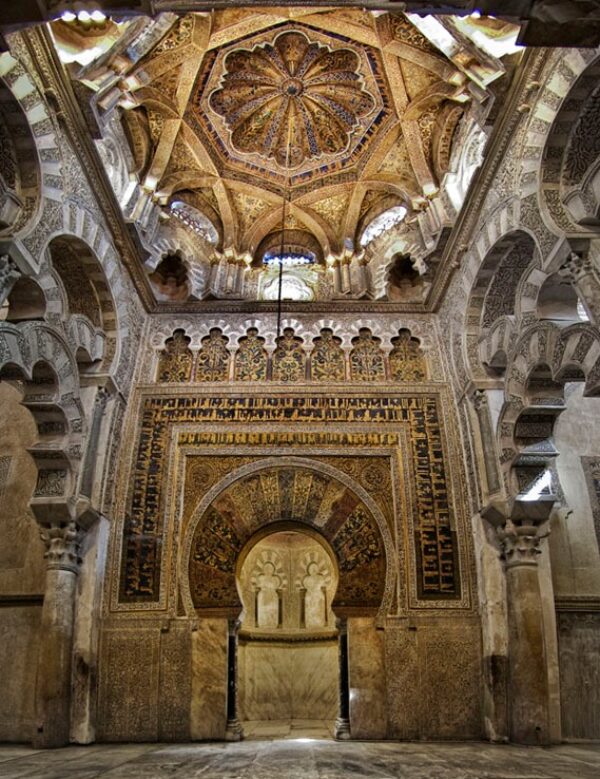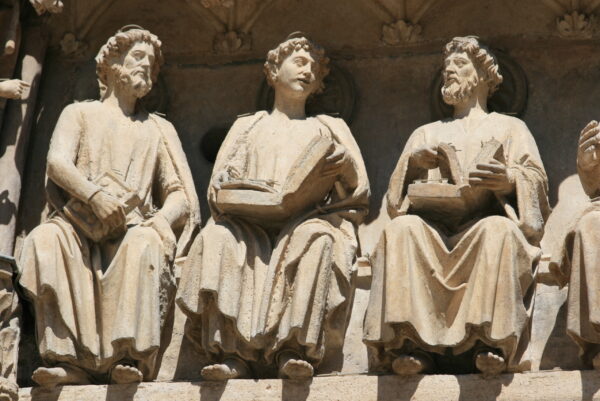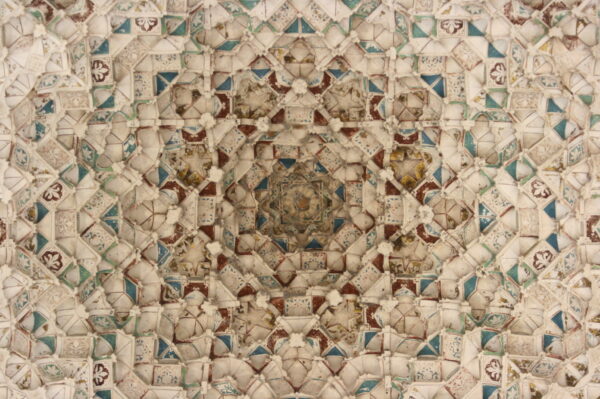This MA course re-examines Iberian visual culture in a period when relationships between Christians, Jews and Muslims were radically renegotiated. Beginning with the Great Mosque of Córdoba, first built in the decades following the Muslim conquests of 711, we end in Granada shortly after 1492, the year of Columbus’ landings in America, the expulsion of Jews from Spain, and the conquest of Granada, Spain’s last Muslim stronghold. Following a broadly chronological framework we examine the material culture of Islamic al-Andalus (including caliphal Córdoba, the taifa kingdoms, the Almohads and Nasrids), the Christian territories (including early medieval, Romanesque and Gothic material), and the manuscripts and synagogues of Spain’s Jewish communities. Highlights include the Great Mosque of Córdoba and its multiple transformation; carved ivory caskets and their place in Andalusi court culture; Santiago de Compostela and the arts of the pilgrimage roads; the Gothic art and architecture of Toledo, León and Burgos cathedrals; the synagogues of medieval Toledo; illuminated manuscripts, both of the Cantigas de Santa Maria and for Jewish Passover rituals; the Alhambra in Granada and the art of the Nasrids; San Juan de los Reyes and connections between Spain, Italy and the Netherlands.
There is a strong focus on architecture, but we also look at textiles, inscriptions, metalwork, sculpture, painting and manuscripts, and their intersection with different rites and rituals. Throughout, we analyse critically questions of religious and regional identity, paying close attention to the ways in which politics has shaped scholarly approaches to this material. We take advantage of London’s collections, notably those at the Victoria & Albert Museum and British Library, but there will also be a study trip to Spain. This course will be of interest to anyone fascinated by Spanish language and culture; entanglements between Christian, Islamic and Christian visual cultures; and the significance of the Middle Ages for politics and culture in the modern era.
Course Leader: Dr Tom Nickson
In the event that a course leader is on sabbatical, takes up a fellowship, or otherwise is not able to teach the course, they will be replaced by another experienced course leader either for a semester or, in some cases, the academic year.
Please note: whilst many Special Options will include site visits within the UK and further afield, these are subject to confirmation.





